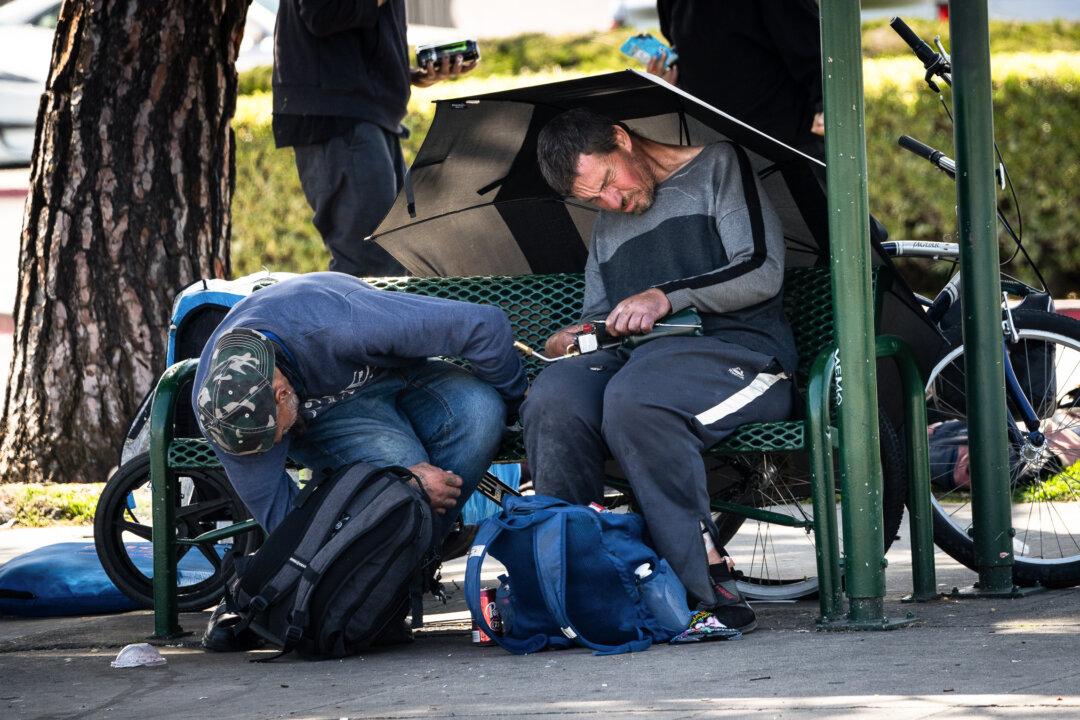LOS ANGELES—A highly anticipated statewide civil court program aimed at getting more people with severe mental illness into treatment continues to see scant numbers, even as several large California counties are in their sixth month of operations.
The Community Assistance, Recovery and Empowerment (CARE) Act, sailed through the Legislature with bipartisan support in 2022. Seven counties launched in October 2023, followed by Los Angeles in December. The rest of California’s 58 counties must implement their programs by the end of the year.





